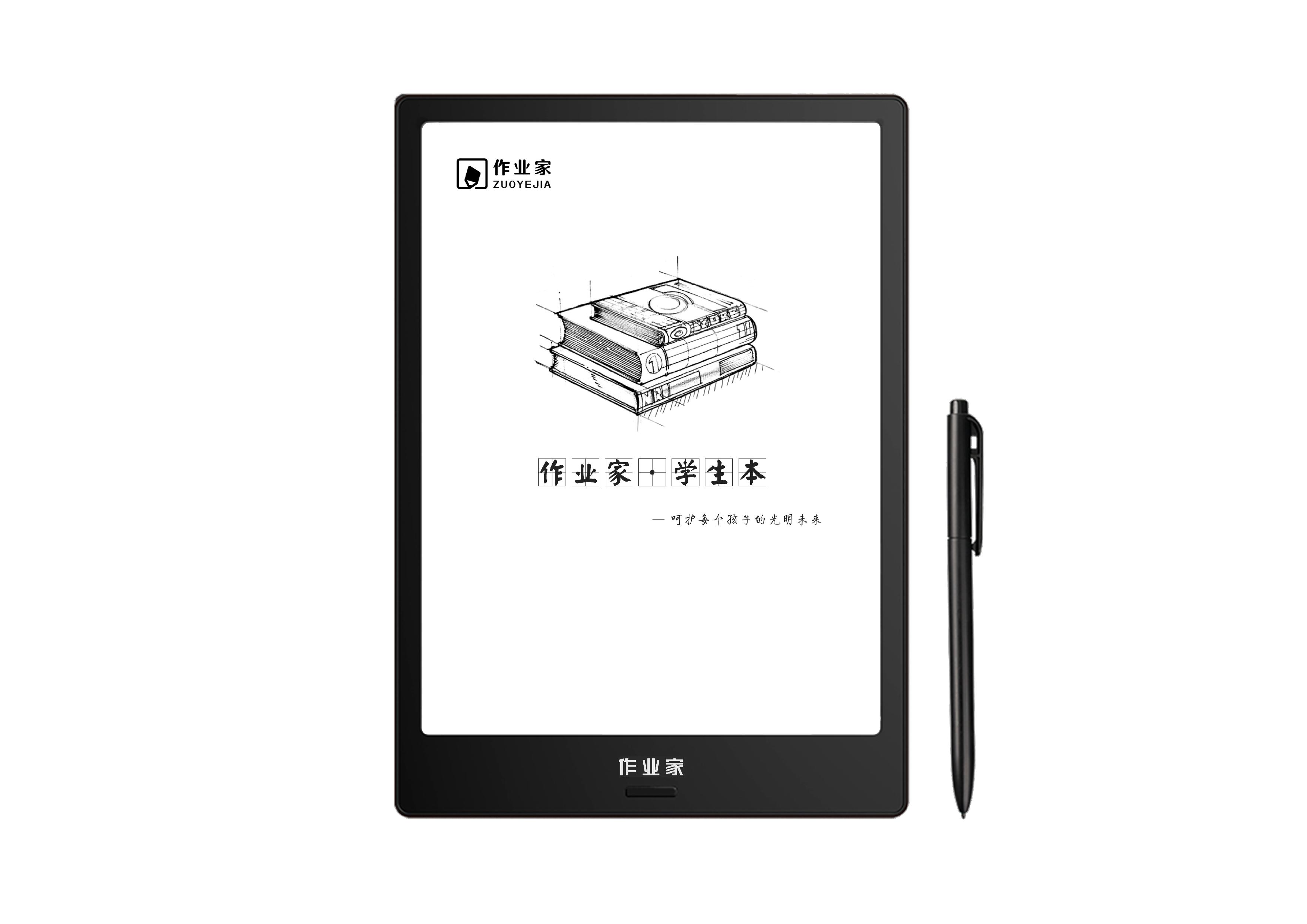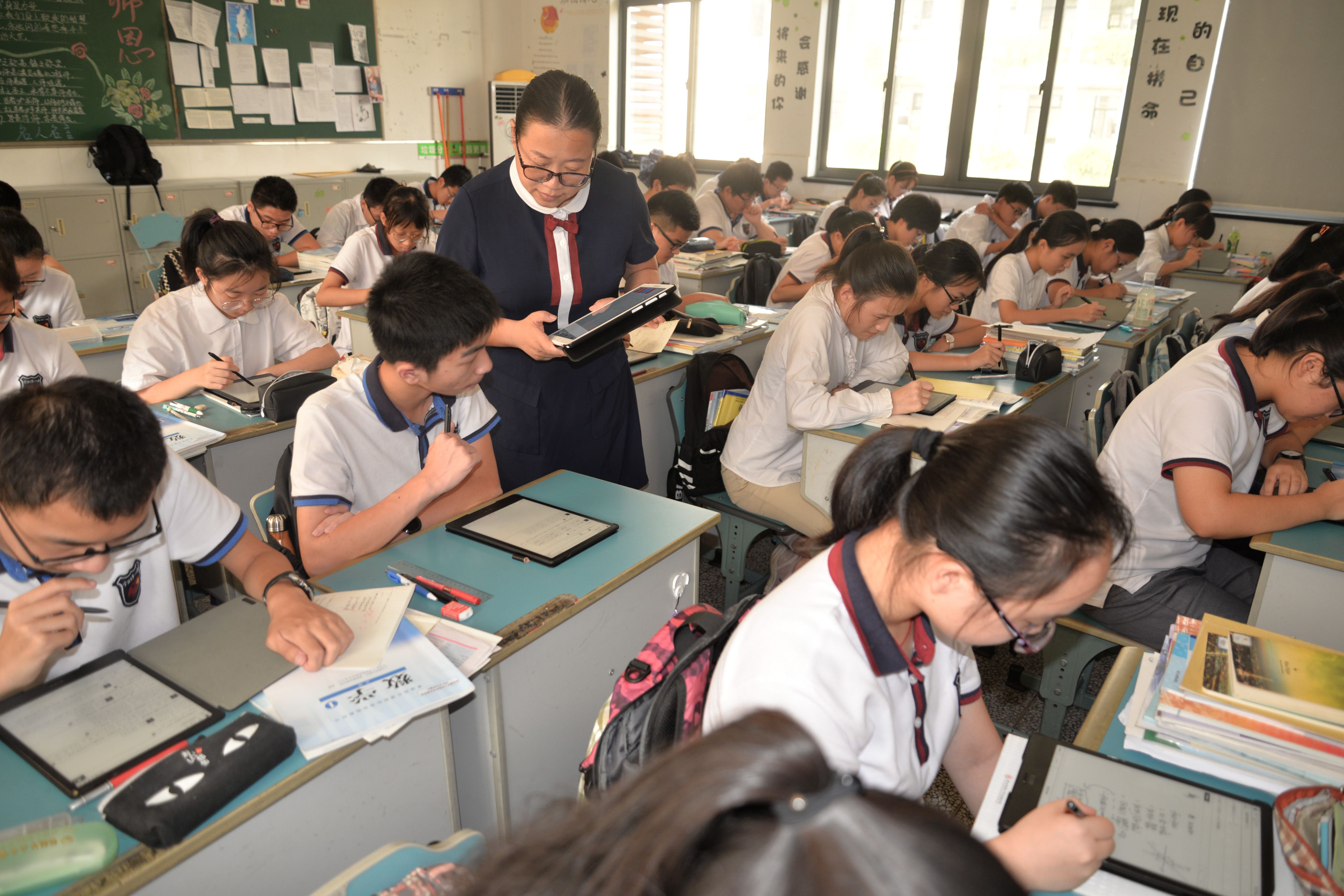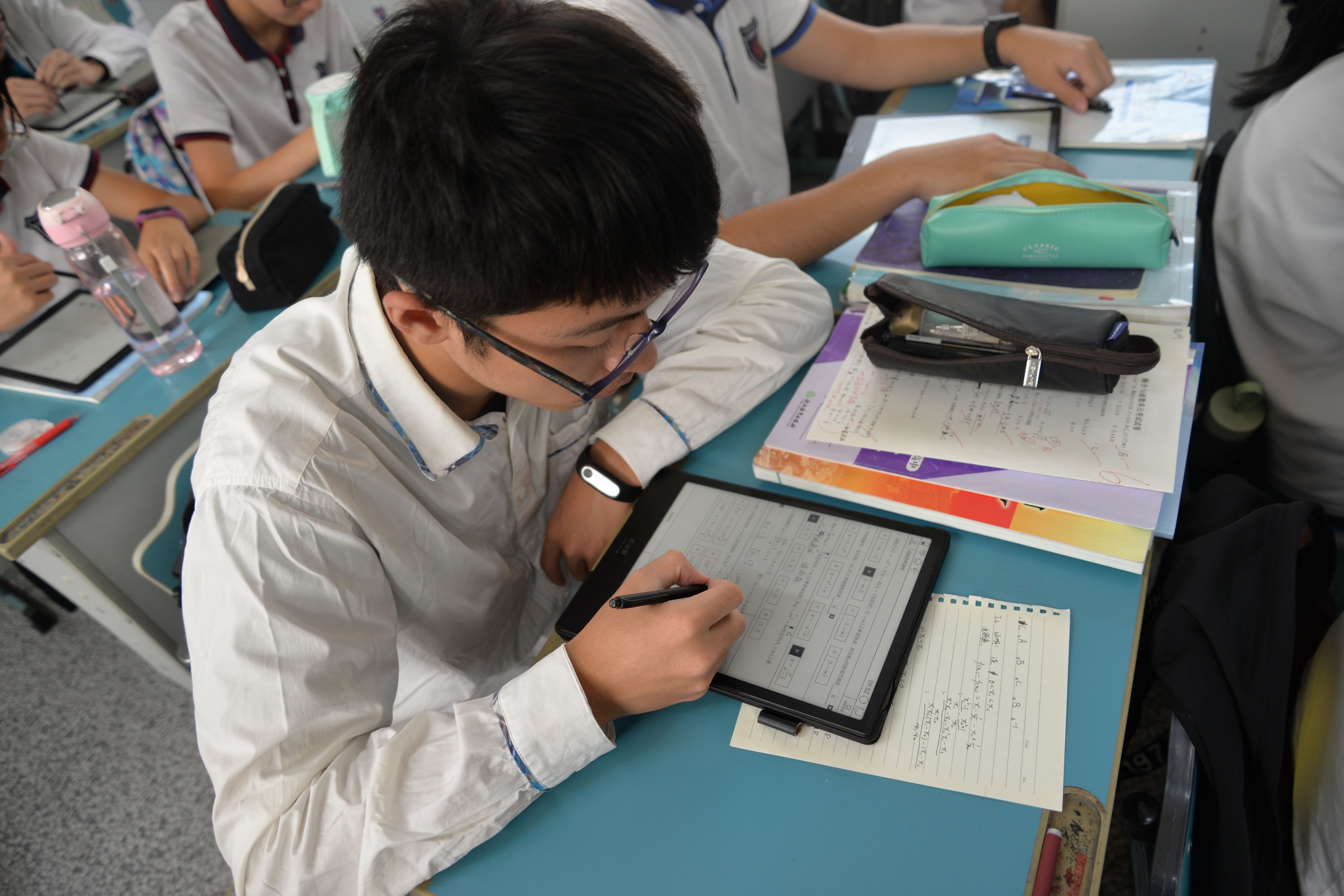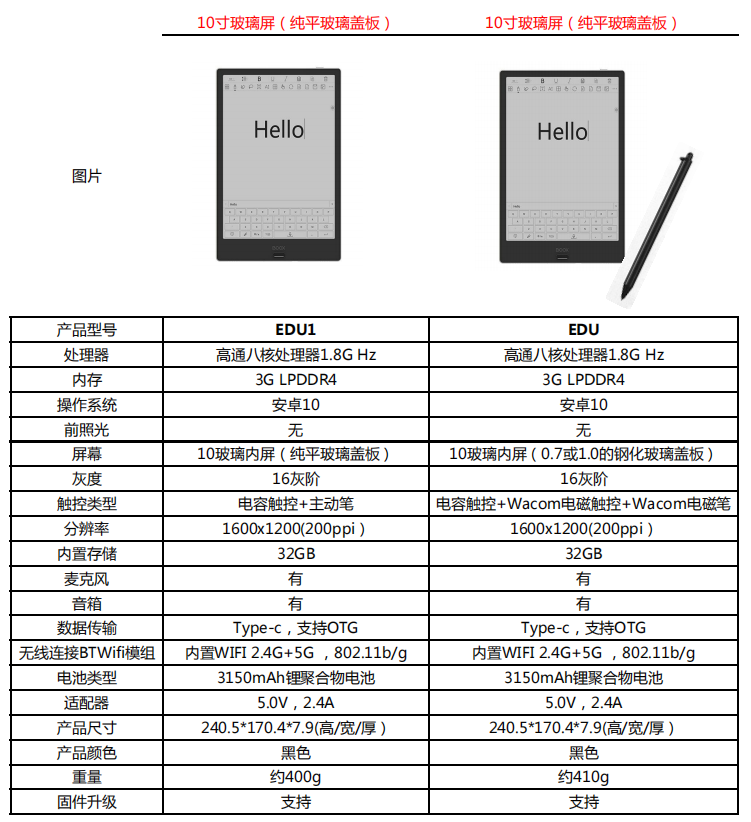|
 |

Education is the livelihood project of high importance for the country and of every families’ concern. Schools are the main grounds for education. For China, home to more than 1.4 billion people, it's necessary for educational practitioners to think about the question: how to remain a continuous improvement of school education when the teaching resources and investments are limited. In this era where smart and digital advancements are being vigorously promoted in all industries, it is undoubtedly the path to right answer to empower traditional education with technology enhancing its quality and efficiency. However, for K-12 primary education, digitalization remains sometimes unfamiliar. On the one hand, many schools have got their dedicated wireless networks and multimedia classrooms over the past dozen years, and gradually resolve various problems such as campus security, mental health, home-school communication, examination marking, course selection and scheduling through digital means. On the other hand, the teaching process, about which most parents are concerned, is still conducted with the thousand-year-old method - teachers impart knowledge and assign homework, followed by several tests. Students’ achievements, aside from feedback from the few tests, are left unknown.
The founder Sunjun, professor of the Wangxuan Institute of Computer Technology in Peking University, was confused about the above complaints when talking with his friend, a principal, in 2015, about the digitalization of school education. In such an era when Internet and mobile internet technology develop rapidly, what is it block the process of educational digitalization? After a period of thinking and research, Sun found that all the solutions of school education digitalization have failed to capture the essence that is to acquire students’ daily learning data. Data is the basis of information system. The K-12 education can hardly achieve digitalization if the vast learning data provided by children on the paper cannot be transformed into digital form. Over the years, looking at the practice of information technology in education, the case is either the learning data is obtained based on the disruptive reshaping of daily teaching methods (representative solutions include mobile and tablet educational apps, e-book packages, multimedia interactive classrooms, etc.), with costs even higher than benefits brought about by digitalization, or the obtained learning data, both in terms of quantity and quality, is far from sufficient to form a real and effective supervision of daily teaching processes (representative solutions include scanning and marking, exam assessments, analysis reports, pen-and-paper systems, etc.). The former represents the excessive and improper application of information technology, which has overshadowed the core processes of traditional teaching, causing great disruption and burden to students, teachers, and schools. It is particularly detrimental to the long-term physical and mental health of students and the cultivation of correct learning habits. The latter, due to high costs and low usability, is limited in its application scenarios and greatly weakens the value of information technology. Lagging and one-sided data is unable to provide substantial guidance and assistance to the daily teaching process. Both approaches, due to the above reasons reasons, are difficult to be frequently used in the teaching processes. As a result, a vicious cycle of continuous investment and resource waste for schools and families was formed, leading to losses for the whole society.
Can we create a perfect digital product that can support a child's complete K-12 learning process without adding to their visual burden and still preserving their writing habits? With this intention in mind, Sun Jun and his team embarked on a long process of product selection and basic research and development, with the focus centered around e-ink screen devices. In the early 2016, the support for handwriting on e-ink screen devices was extremely lacking. Even the top-of-the-line Sony e-ink tablets at that time cannot shrug off the writing delay of at least 1 second or more. As a result, the first-generation product had to resort to a strategy of combining a smart tablet with a handwriting board, and the former was used for reading and interaction. But since the intuitive and convenient aspects of data manipulation between the two screens were significantly inferior to learning on paper, and the smart tablets could cause potential harm to vision, this solution eventually fail to meet the heavy need. Fortunately, since 2017, the industrial layout of e-ink screen tablets has seen a momentum as more domestic manufacturers invest in this field, bringing a glimmer of hope to the struggling team.

In 2018, our teams spent as more as three months for greater adaption and optimization of the third generation based on the best E-ink solution back then - the BOOX Note. We’d also delve deeply into the front-line teaching of schools in Ningbo to foster product development. The glorious history of intelligent use of E-ink in school education has since unfolded.
On September 22, 2018, a momentous occasion unfolded in Ningbo as the city government's esteemed leaders provided support for the "Ningbo Summit Forum on Eye Safety for Primary and Secondary School Students and Signing Ceremony for the Green Smart Education Industry Base (Preparation)". The event, held under the Municipal Education Bureau and the Economic and Information Commission, was a collaborative effort with the most influential partners in China's green smart education industry chain including Taiwan E Ink Holdings Inc., 17EdTech, and Guangzhou Onyx. At the meeting, we’ve signed the visionary "Eye Protection Initiative for the Online Education Industry" and the "Green Smart Education Action Plan", marking the official commencement of the products' expansive journey into the market.
In January 2019, Ningbo Sijun was selected as a pilot project for the Smart City initiative in Ningbo. The product embarked on a trial run in four classes at Ningbo Third Middle School and Xin Qi Middle School in Beilun District. As the pilot programs delivered successful results, on May 7, 2019, the Ningbo Education Bureau and the Municipal Educational Technology Center organized a Green Smart Education Demonstration Seminar at Ningbo Third Middle School. Representatives from schools across the city, as well as about 30 middle schools in Zhejiang province, gathered here to experience how Zuoyejia empower the normal multidisciplinary teaching and improve efficiency. On June 16, 2020, the Ningbo Education Bureau, Economic and Information Commission, and High-tech Zone Management Committee hosted the Green Smart Education Seminar and Ningbo Paradigm Green Smart Education Achievement Report. The event received tremendous social response, with over 100 schools and more than 1,000 participants registering for the meeting, despite the pandemic (conducted via video). The Director of the Municipal Educational Technology Center and several school principals shared their experiences in enhancing teaching effectiveness from various perspectives.

Since May 2018, our solution has been successfully implemented in over 200 schools. Nearly 20 schools were established in Ningbo and four in other cities. As a result, we built up a cohort of exemplar schools normalizing green smart education and facilitated market sales. The most iconic includes Huizhen Academy (High School), Ningbo Third Middle School, Ningbo Siming Middle School, Ningbo Xianxiang Middle School, Ningbo Art Experimental School Affiliated to ECNU (Mingzhou Campus, Minghu Campus), Ningbo Chunxiao Middle School, Ningbo Fifteenth Middle School, Beilun District's Xin Qi Middle School, Beilun District's Xiapu Middle School, Beilun District's Baifeng Middle School, Zhenhai District's Chongzheng Academy, and Changzhou Hongjing Middle School, to name just a few. The platform has encompassed nearly ten thousand teachers and students, spanning from grade 4 in primary school to all grades of senior high school. Our solution serves as the first comprehensive solution in China to seamlessly integrate the acquisition of complete learning data, facilitate daily teaching processes, alleviate eye strain, preserve writing habits, and genuinely replace traditional paper-based coursework.

Benefited from the education circumstance under the pandemic and favorable policies, our products have been broadly acclaimed and recognized by the community, and were registered by the Ministry of Education as the typical case of homework reform of the Zhejiang Provincial Department of Education (Research Office). On November 17, 2021, the Special Office for "Double Reduction" policy and the Education Bureau's Research Office in Ningbo announced the list of pilot schools for homework management under compulsory education, with a total of 22 schools selected. Among them, there are 11 junior high schools including 4 located in city and 3 using the product Zhiliaohuixue. Going forward, we will strengthen technology, optimize services, foster homework management and get the “Double Reduction” policy down the ground, delivering concrete efforts to lighten the burden of parents, schools, teachers and students.


